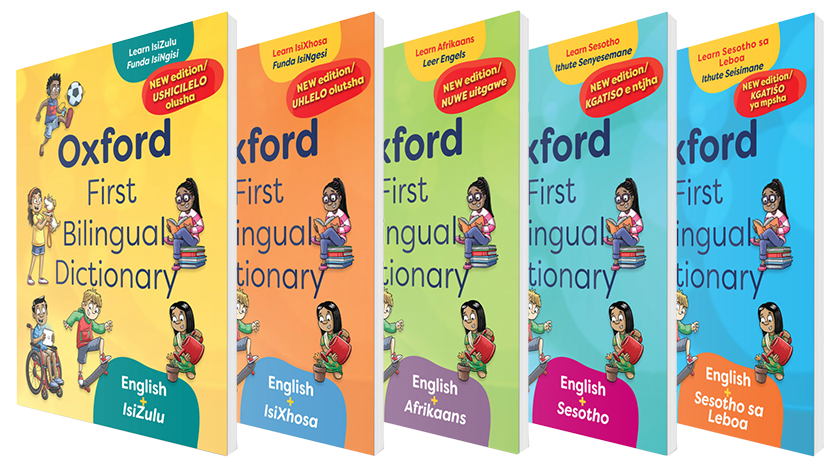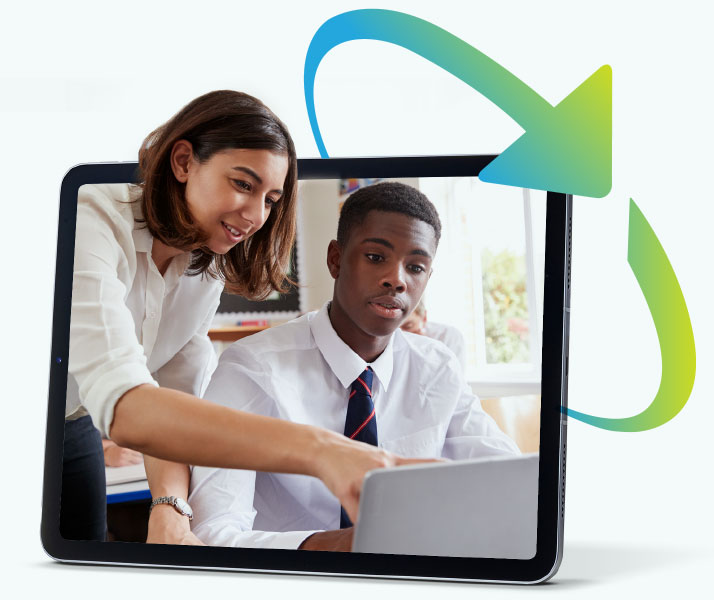A library forms a solid foundation for any good school. It encourages good reading habits and contributes to a higher level of literacy in the school. You can encourage good reading habits and foster a culture of reading in your school with this essential guide to starting your own school library.

1. Select a library committee
Select a passionate and dedicated group of individuals, consisting of learners, teachers, parents, members of the governing body and the broader community, to get involved in setting up and running your school library.
2. Select a suitable room
Locate an unused room on the school grounds that is central, safe, spacious, well lit and away from noisy areas. Big or small – the best school library is one that keeps books learners want to read.
3. Shelving and furniture
Approach organisations in your broader community to sponsor or donate second-hand shelves and furniture for your library. If your library is in need of more furniture, organise a raffle to raise money to purchase additional furniture.
4. Source your books
The best way of acquiring books for your library is to spread the word about your need far and wide. You can get everyone in your community involved. Here are a few ways to source books for your school library:
- Your school is your first port of call
Learners can collect used and unused books from their homes for the school library. - Contact your regional school official:
Explain your need for books for your school library and utilise their range of useful contacts.
5. Get to know your library stock
Keeping a record of the reading material in your library is an essential part of managing your library stock. Divide your reading material into three piles: the first, magazines, the second, newspapers, and the third, books. Further divide the books into the sub-categories according to subject area.
6. Book labelling and nameplates
Assign a unique code to each book within its sub-category. This is vital to help you keep stock of the library books and locate a book when needed. The nameplate and return card is vital for recording the date on which the book must be returned for each loan.
7. Loaning books
Establishing an efficient borrowing system will allow learners at your school to take books home for a period of time and return them by a specific date.
8. Create a picture-perfect library
Colour the walls of your library with vibrant and interesting paintings, pictures, inspirational messages, and colourful projects of learners at your school. An inspirational environment will have your learners never wanting to leave the library!
9. Organise fun library events
Host a variety of fun, educational activities, such as reading activities, group research and debates; and events for special occasions, such as National Book Week and World Book Day.




